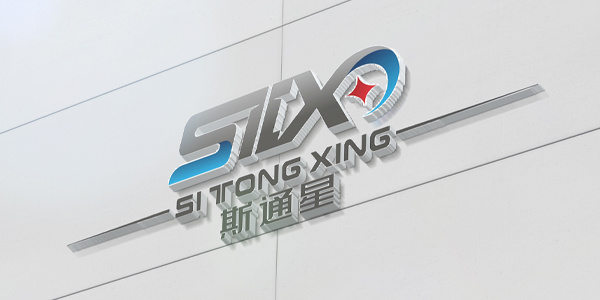Uncovering the Principle of Differential Gears
Release time:
2023-10-16
The differential is an important component in the automotive transmission system, which functions to enable the wheels on both sides of the vehicle to rotate at different speeds during turns, ensuring stable driving. The interior of the differential mainly consists of a set of gears, including the driving gear, driven gear, and side gear.
The working principle of differential is mainly based on the meshing principle of gears. When the vehicle is in motion, the power from the engine is transmitted through the transmission system to the driving gear on the drive shaft. The rotation of the driving gear will drive the driven gear to rotate simultaneously, thereby driving the wheel to rotate. The side gear plays a role in transmitting force, transferring power from the driving gear to the driven gear.
When driving in a straight line, the wheels on both sides need to rotate at the same speed. At this time, the operation of the differential is relatively simple, and the driving gear and driven gear can rotate at the same speed. But when the vehicle turns, the inner and outer wheels need to rotate at different speeds, which requires the differential to function.
When turning, the inner wheel needs to rotate slower than the outer wheel, and the differential effect of the differential is reflected. The gear design inside the differential allows for different rotational speeds between the inner and outer wheels, ensuring smooth driving and avoiding slipping or wear caused by different wheel speeds.
In addition to differential function, the differential also has limited slip function. When one side of the wheel is damaged or slipping, the differential can limit the speed of the damaged wheel to allow the other wheels to continue providing power, ensuring that the vehicle can continue to drive. This limited slip function can improve the stability and handling of the vehicle, while extending its service life.
Overall, the differential is a crucial component in the automotive transmission system, which achieves different rotational speeds of the wheels on both sides of the vehicle during turning through the meshing principle of gears, ensuring stable driving and having limited slip function. The design and working principle of the differential play a crucial role in the performance and safety of vehicles.
Next article
Previous article
Related News
The annual output value of the auto parts industry in Quancheng District is 5 billion yuan.
Yesterday, the Quanzhou Urban Auto Parts (Construction Machinery) Industry Association held its third member representative conference. Nearly 300 member units gathered to discuss how the machinery and auto parts industry can integrate into secondary entrepreneurship, accelerate transformation and upgrading, and elect a new council president. .
Quanzhou Machinery and Auto Parts Fair Closing
Recently, the "Haixi (Quanzhou) International Machinery and Auto Parts Fair and the 19th China Heavy Duty Vehicle Engineering Machinery Parts Exchange Exhibition" concluded in Quanzhou, Fujian. Nearly 250 automobile and auto parts companies from both sides of the Taiwan Strait participated in the exhibition.
The official website is newly launched
JINJIANG MINYANG AUTOMOBILE PARTS MANUFACTURING CO.,LTD is located in Jinjiang,Fujian province, a famous hometown of overseas Chinese in southern Fujian.
The structure and function of automobile half shaft
Before introducing the car's half shaft, let's first understand the car's transmission system.
Classification of automobile half shafts
Classification of automobile half shafts The axle shafts commonly used in modern automobiles are divided into two types: full floating and semi-floating according to their different support types. (It is also divided into three types, namely full floating, 3/4 floating, and semi-floating)





